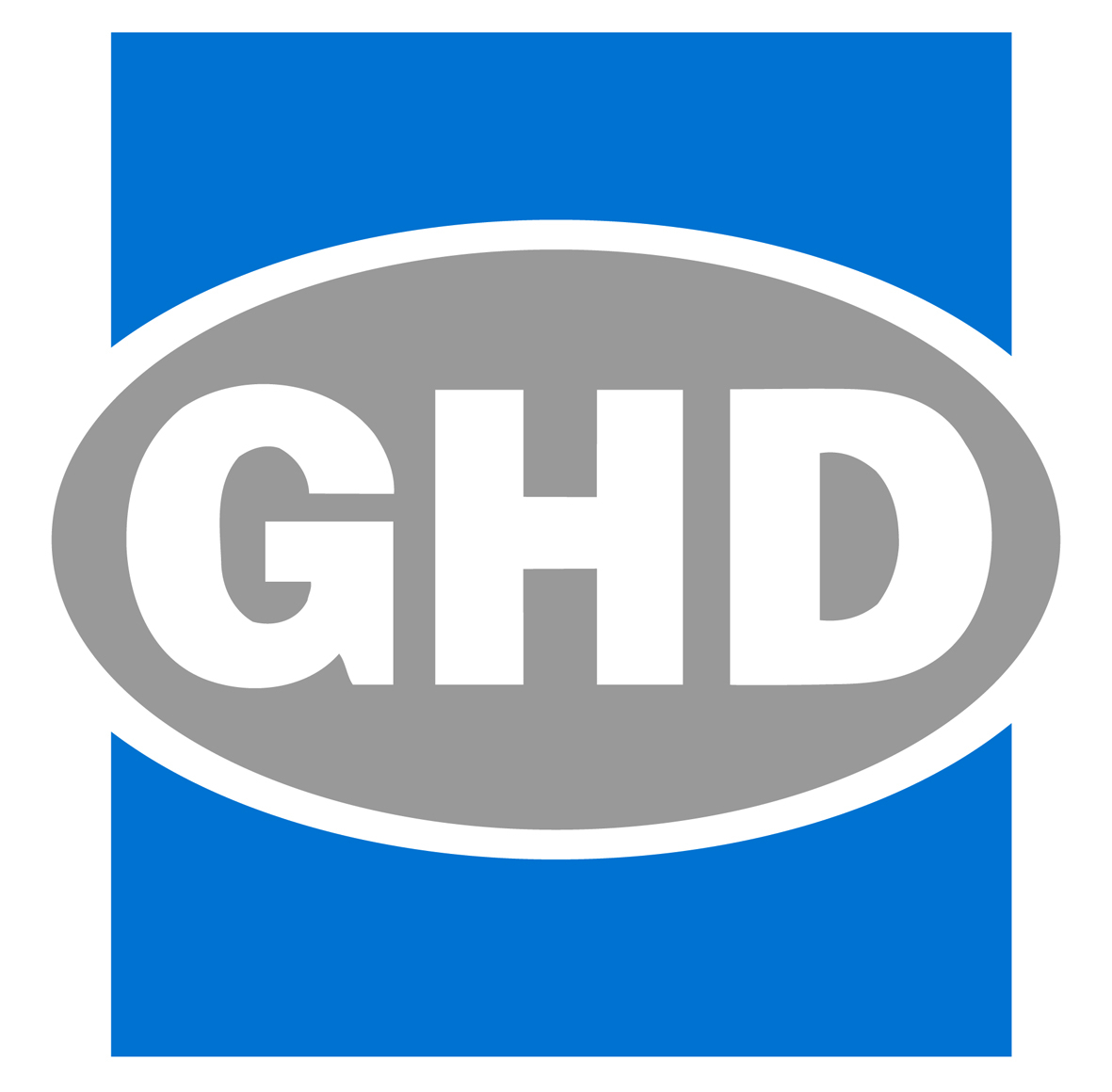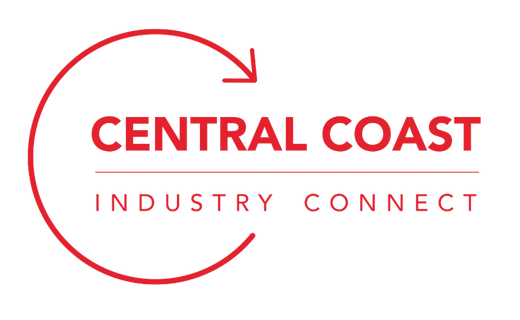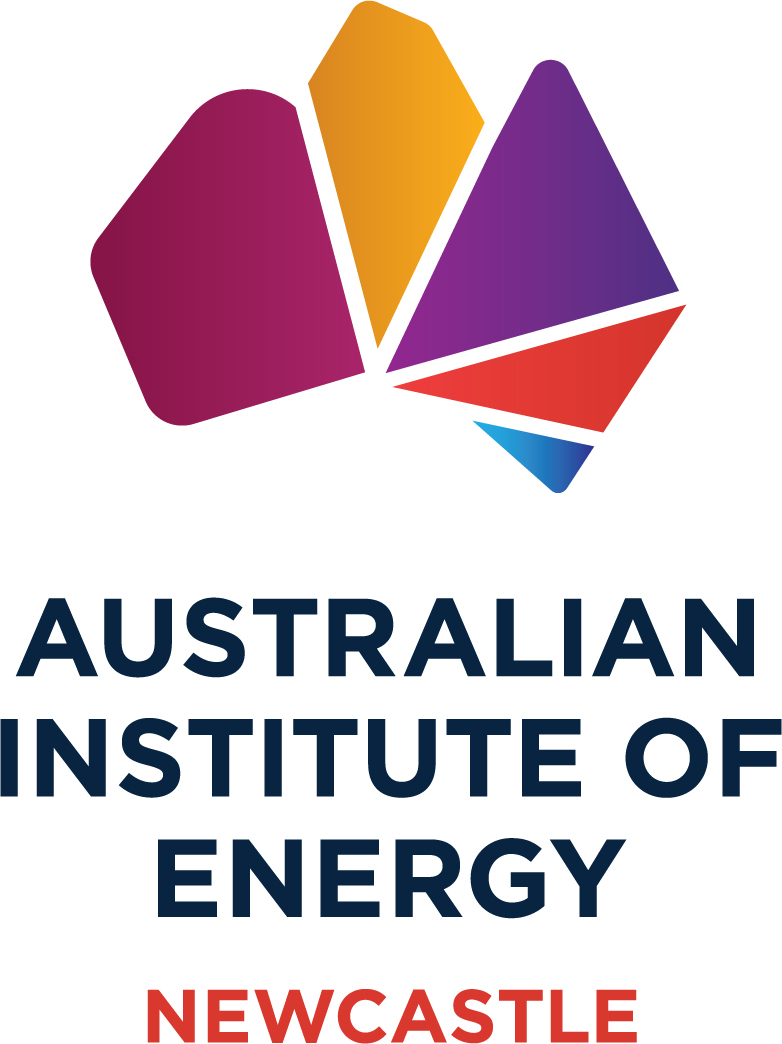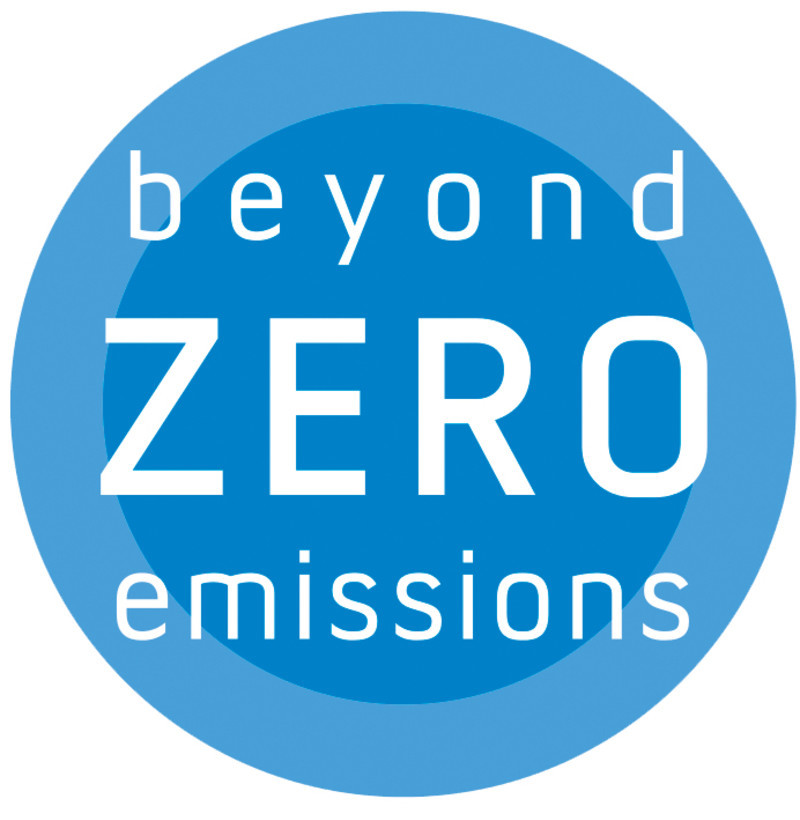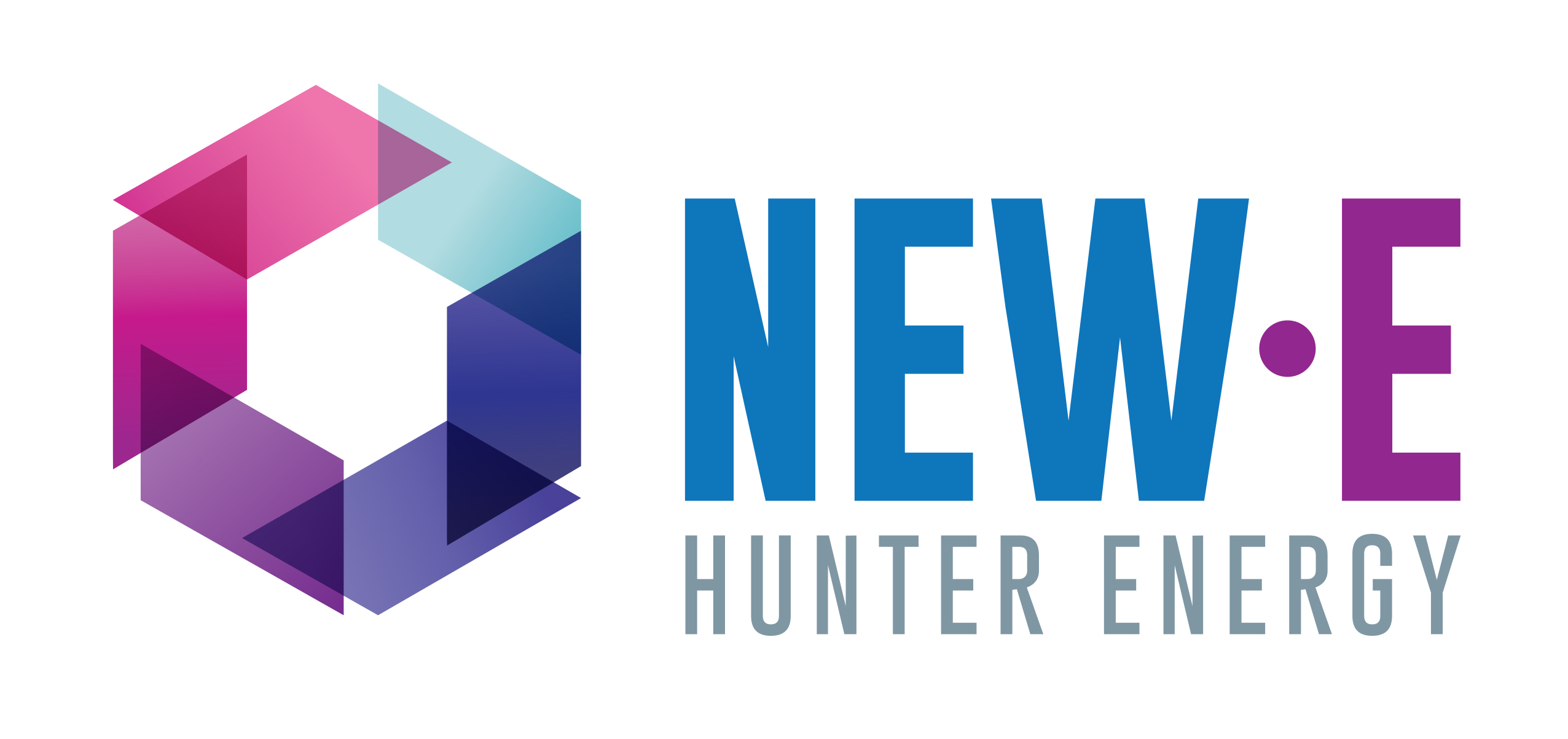New research predicts time of use pricing will increase consumer energy costs
National body questions claims that smart meters will reduce energy consumption in peak times
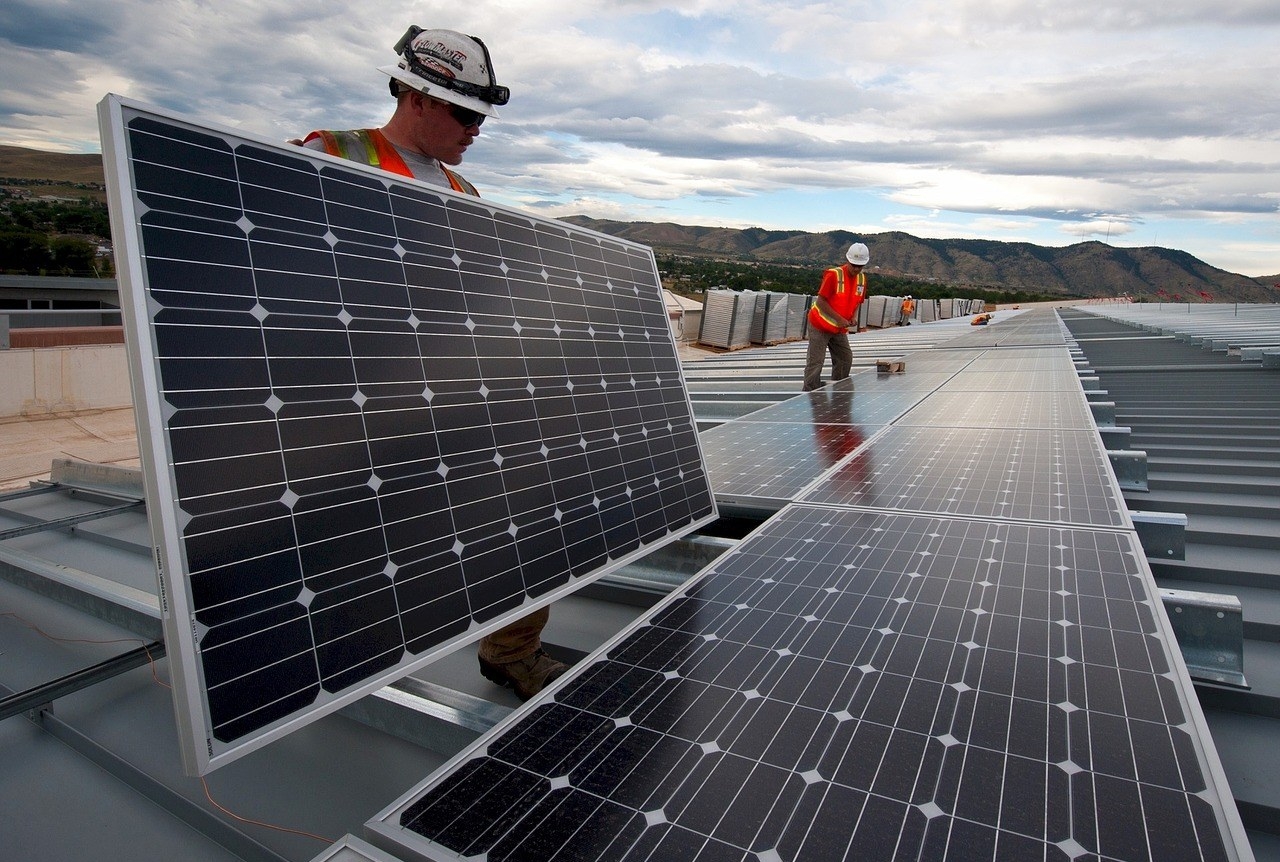
New research by The Australia Institute shows that ‘time of use pricing’ facilitated by smart meters is likely to drive up household energy costs.
Electricity companies and regulators have pushed for higher electricity prices at peak times, as well as higher ‘shoulder’ periods. In theory, this incentivises households to move their energy consumption to times of the day when it is cheaper for companies to provide it.
Key findings:
- An average household of four that cannot adapt its electricity consumption faces, under time of use charging, increased cost of $429 per year.
- Even if the household can move 30% of its peak electricity consumption to shoulder usage it still faces an electricity bill of $231, or 10.2% higher than under the flat rate tariff.
“After adapting to a decade or more of very high price increases many households have exhausted their capacity to cut electricity consumption or change their time of electricity use,’’ says David Richardson, Senior Research Fellow at The Australia Institute.
“Electricity companies pushing for time of use pricing claim it will help reduce electricity use in high-demand periods but analysis of the NEM shows that demand for electricity in Australia is inelastic and, even with a large increase in price, usage won’t go down much.
“Demand response actually pays consumers to shift their consumption, and is widely used in Queensland and overseas. Companies could also subsidise household solar panels and battery storage to reduce peak demand.”





